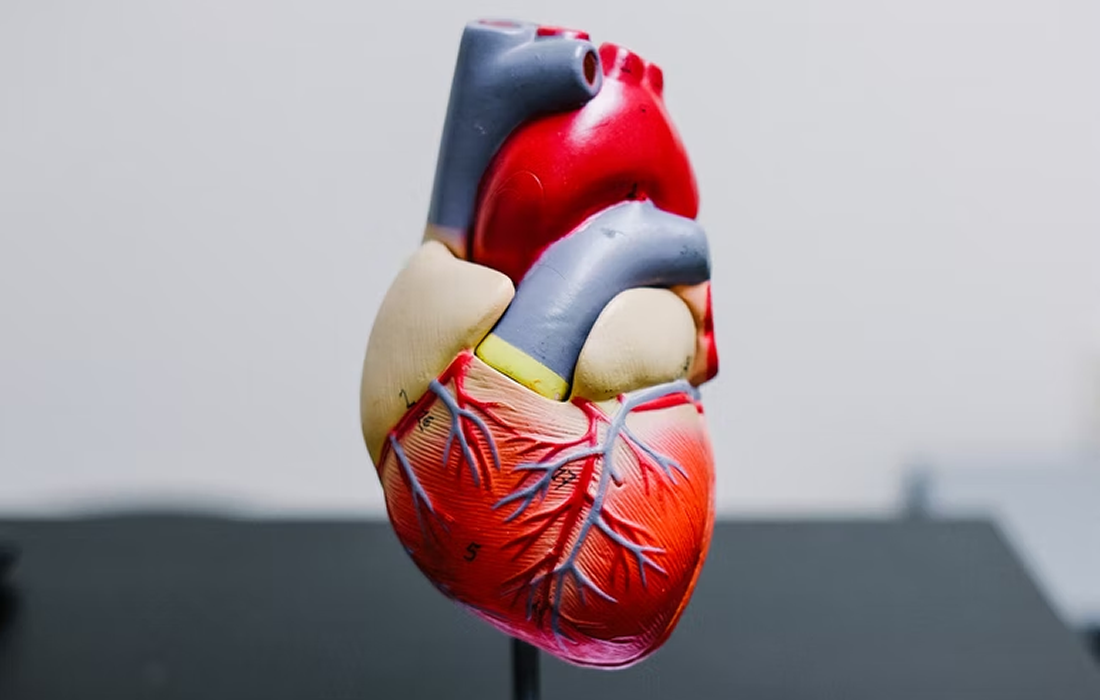Regenerative Medicine News and General Information
A Step Forward in Fabricating an Artificial Heart
Heart disease continues to be the leading cause of death in the U.S. One of the main reasons is because unlike other organs in our body the heart cannot repair itself properly after an injury.
One area of research is the generation of organs using bioengineering technology. To build a heart researchers need to replicate the unique structures of the heart, which includes recreating helical geometries to create the same motion as a real heart.
Recently a group of bioengineers from Harvard John A. Paulson School of Engineering and Applied Sciences have developed the first biohybrid model of human ventricles with helically aligned beating cardiac cells. Their results were published in the journal Science.
One Step Closer to Building a Fully Functional Heart
The researchers were able to fabricate micro/nanofiber scaffolds with programmable alignments in three-dimensional geometries, creating ventricles.
According to the team, their goal was to build a model to study the relative importance of the heart’s helical structure.
They created a new method of additive textile manufacturing, called Focused Rotary Jet Spinning (FRJS), which enabled the fabrication of helically aligned fibers with diameters ranging from several micrometers to hundreds of nanometers.
3D printing normally gets slower as features get smaller, and according to the team creating the collagen of the heart, which has a single micron in diameter would take a 3D printer more than 100 years to complete all the collagen fibers in the human heart. Using their new method this can be achieved in a single day.
The researchers also seeded with rat cardiomyocytes or human stem cell derived cardiomyocyte cells the ventricles, and after a week there were already several thin layers of beating tissue in the scaffold.
The method can be scaled up to the actual size of a human heart, but the team didn’t do it because that would take billions of cardiomyocyte cells. The study brings researchers closer to building a fully functional heart, which could save thousands of lifes in the future.
Sources:
Harvard John A. Paulson School of Engineering and Applied Sciences. “Major step forward in fabricating an artificial heart, fit for a human: By recreating the helical structure of heart muscles, researchers improve understanding of how the heart beats.” ScienceDaily. ScienceDaily, 8 July 2022. <www.sciencedaily.com/releases/2022/07/220708123626.htm>.
Huibin Chang, et al. Recreating the heart’s helical structure-function relationship with focused rotary jet spinning. Science, 2022; 377 (6602): 180 DOI: 10.1126/science.abl6395.
Image from:
Photo by Kenny Eliason on Unsplash

